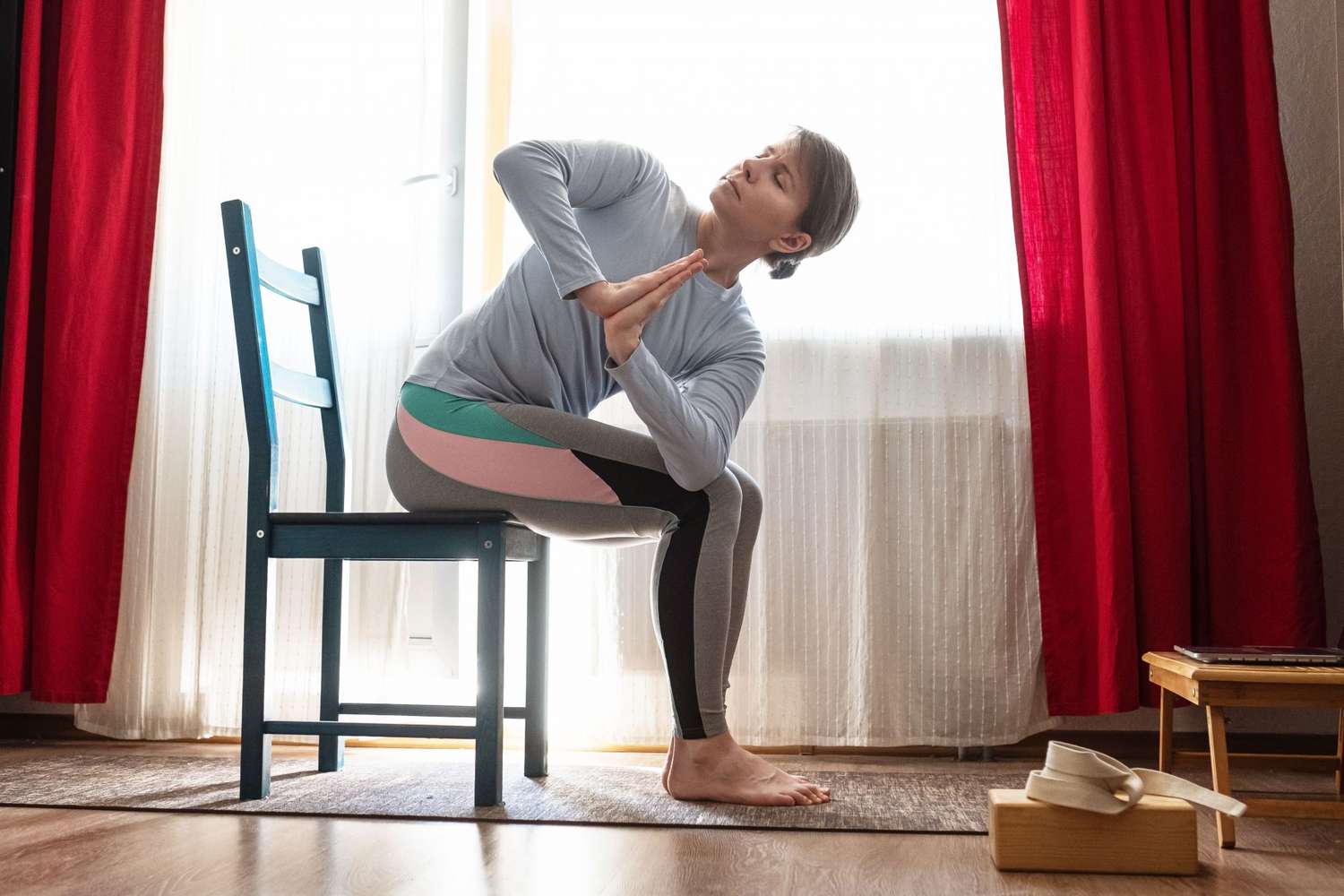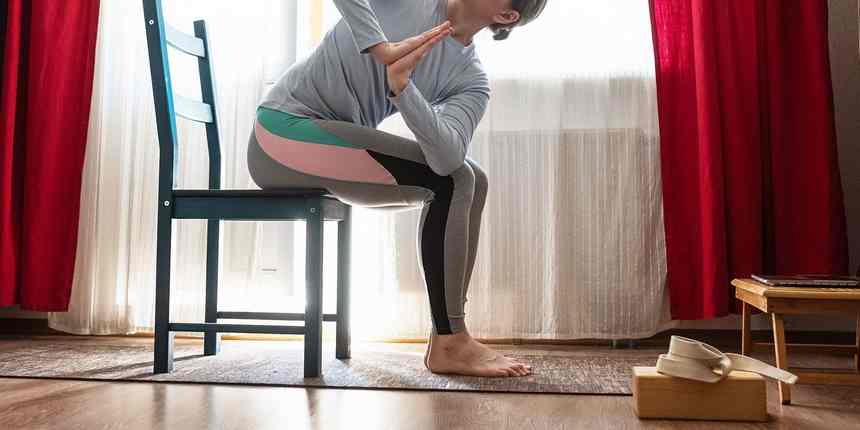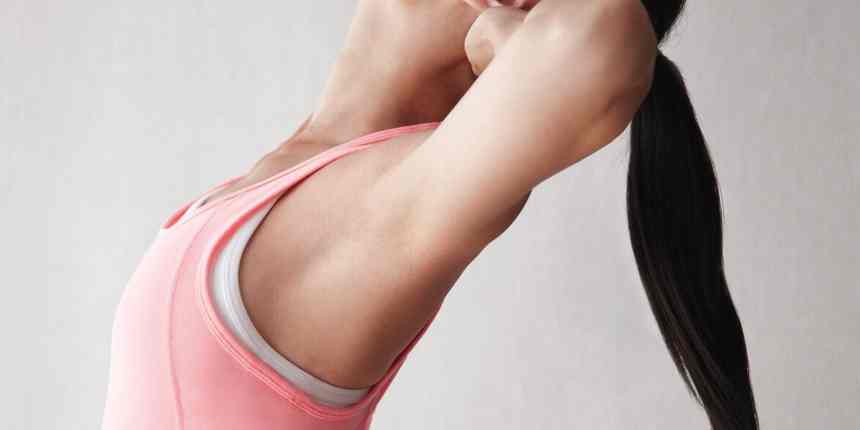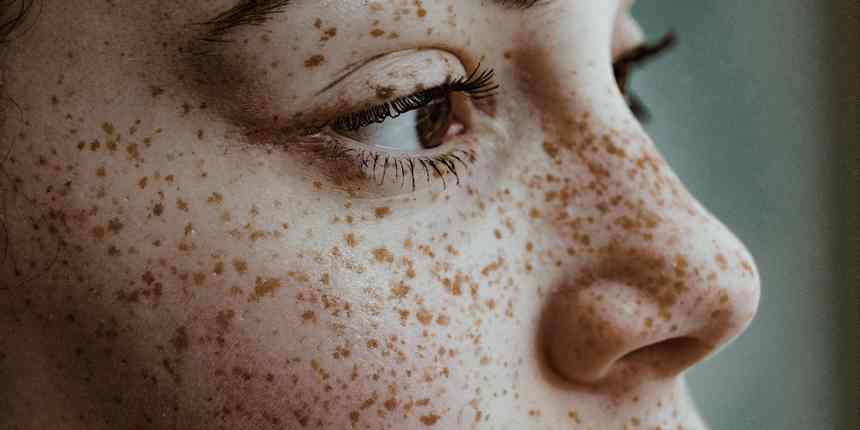If you've found yourself living a more sedentary life due to COVID or you're simply bent over a computer screen for most of your waking hours, you might be looking for more ways to get active. But busy schedules mean it might feel impossible to find time to take a break and center yourself. Enter chair yoga. Chair yoga is exactly what it sounds like: Yoga in, or with the assistance of, a chair. It uses various modified poses from the widely-practiced vinyasa style, coupled with meditative breathing, to help you get a relaxing, de-stressing stretch.
Related: Eight Things You Can Instantly Do to Calm Down
 Credit: Koldunov / Getty Images
Credit: Koldunov / Getty Images
What Is Chair Yoga?
Mary Jacobson, a developer, teacher, and yoga trainer for seniors, says there are two main types of chair yoga. "One where the student or practitioner uses the chair as a prop. For example, there are modifications to different postures, where the person might stand up and lean on the chair or put one of their legs resting on the chair," she explains. "The other is the kind of yoga I teach to seniors in assisted living, [which is] 100 percent seated. If the target audience is severely limited in mobility, they can still do a really meaningful practice of yoga, particularly because the foundation of all practice is the breath."
Megan Noel Brown, yoga entrepreneur and founder of Well with Noel, maintains that chair yoga—and yoga in general—is for everyone, no matter what their skill level may be. "Anyone can benefit from [chair yoga], but particularly folks who are at their desks the majority of the day [or] people who spend a lot of time on their feet," she says. "This is a great way to practice yoga without asking for a lot from you physically."
Though our idea of yoga may be centered on the physical aspect of the poses, what differentiates the practice from simply stretching is the focus on managing the breath. '"Yoga teaches you to use the breath. That's what's really benefiting the body," says Brown. "You'll notice that in any type of yoga class that you take, you're being guided back to your breath. A lot of times we forget that we can always come back to the breath when we're feeling overwhelmed or tension in the body. Practicing deep breathing really helps to relax the body. The stretching is just an additional benefit."
Oshri Hakak, a certified yoga instructor, has been practicing Kundalini yoga for nine years recommends focusing on your breathing before you get started. "[You] can sit in a chair and tune in to your breathing," he says. "That's really important. Tune in. Am I breathing shallowly? Am I only allowing a certain amount of myself to be oxygenated? Can I let in more?"
Pose to Try: Forward Bend
The first pose you can try—especially if the morning has been stressful—is a forward bend. According to Brown, this is a modification of the standing forward fold. Bend forward, hinging from your hips, and reach your hands towards the floor. "Your hands don't have to go all the way to the floor," Brown noted. "But, you do want your head to hang heavy. Your hands can stop wherever they want to stop. You can rest your hands on your shins. The most important thing here is that the neck is relaxed. "Brown adds that the forward bend is helpful for those of us who slouch, as it counterbalances the hunched position. It is also instrumental in managing anxious feelings and thoughts.
"This helps with anxiety," says Brown. "When you're experiencing anxiety, your heart is racing; you're having a hard time catching your breath. When you place your head between your knees, that helps to relax the system and helps you regulate your breathing."
Pose to Try: Spinal Twist
Another exercise you can try is the spinal twist, which both Jacobson and Brown suggest. Keep your feet planted on the floor and gently twist to one side, bringing your arms around the back of your chair. You want to inhale at the center and exhale during the twist. It's meant to be a gentle opening of the spine, so don't push the pose past what is comfortable. And it's perfectly fine if you hear some pops. "That's something that naturally happens in the twisting poses," Brown says. "It's not a bad thing. It's just something that is naturally happening to the spine because we're twisting. I always tell people to honor their bodies. If they're in a twist and it feels too intense, then just come back a little bit closer towards the front. You don't have to twist all the way back. Just a gentle twist, stopping where it feels good for you."
Pose to Try: Seated Cat-Cow
If you've taken an introductory yoga course, you are probably familiar with the cat-cow pose. This can also be done in a chair. Again, plant your feet on the ground and place your hands on your knees. As you inhale (slowly!), open up your chest and arch your back, allowing your gaze to tilt towards the ceiling. On the exhale, round your spine into the cat pose.
Pose to Try: Hip Swirl
One last exercise you can do is what Jacobson calls a hip swirl. "You're just circling the hips in one direction, along with the breathing," she says. "Inhaling as you circle those hips forward and exhaling as you circle back. You would do that for three to five breath cycles and then switch direction. The feet are going to stay planted this whole time. The feet are grounding you. Your tailbone is rooted into the chair."








